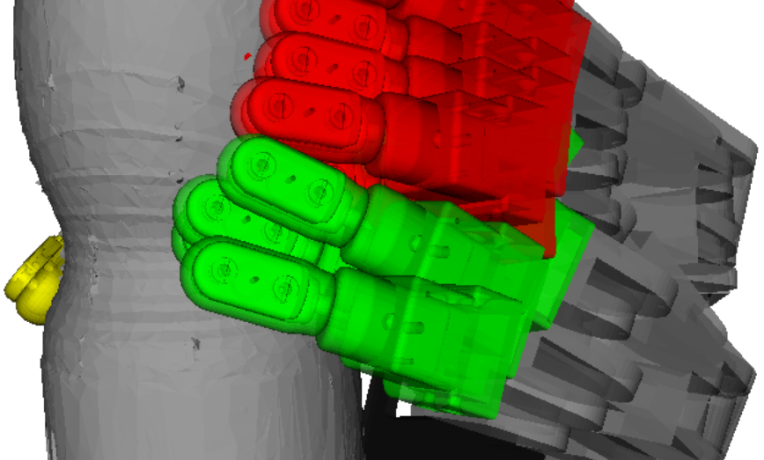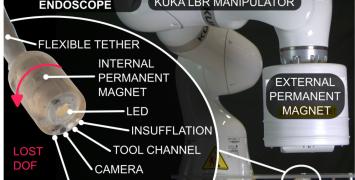How to equip robots with senses
Compared to humans, the sensing and dexterity of current robots is extremely limited. Reproducing these fundamental human abilities in robotics systems requires a new scientific and technological approach, according to Professor Danica Kragic.

How to create robotic systems able to perform complex tasks in a safe and robust way and in interaction with humans and the environment? As robots cannot be fully programmed in advance for all the tasks they are supposed to execute, they should be equipped with the capability to learn how to take into account space recognition, as well as sight, touch and other sensory feedback – the same way humans do. Prof. Kragic believes that this objective could be achieved with the integration of advanced multisensory data in motion representation. Exploring the importance of sensory feedback is necessary as robots should mimic the way humans process the information coming from their senses.
Until now, robotics researchers have mainly used motion representations based on Cartesian or joint coordinates, which are not convenient for studying flexible structures such as hands and fingers. On the contrary, topological representations are, according to Prof. Kragic, more adequate. Her biggest challenge in this ERC project is to explore a new method for an integrated sensorial approach, based on topological coordinates.
The resulting new models and techniques incorporating sensory data are expected to enable the construction of robots able to carry out high-level tasks, such as complex grasping and manipulation. These developments would make possible several new applications in robotics such as disassembly and recycling, or manipulation of hazardous materials.






